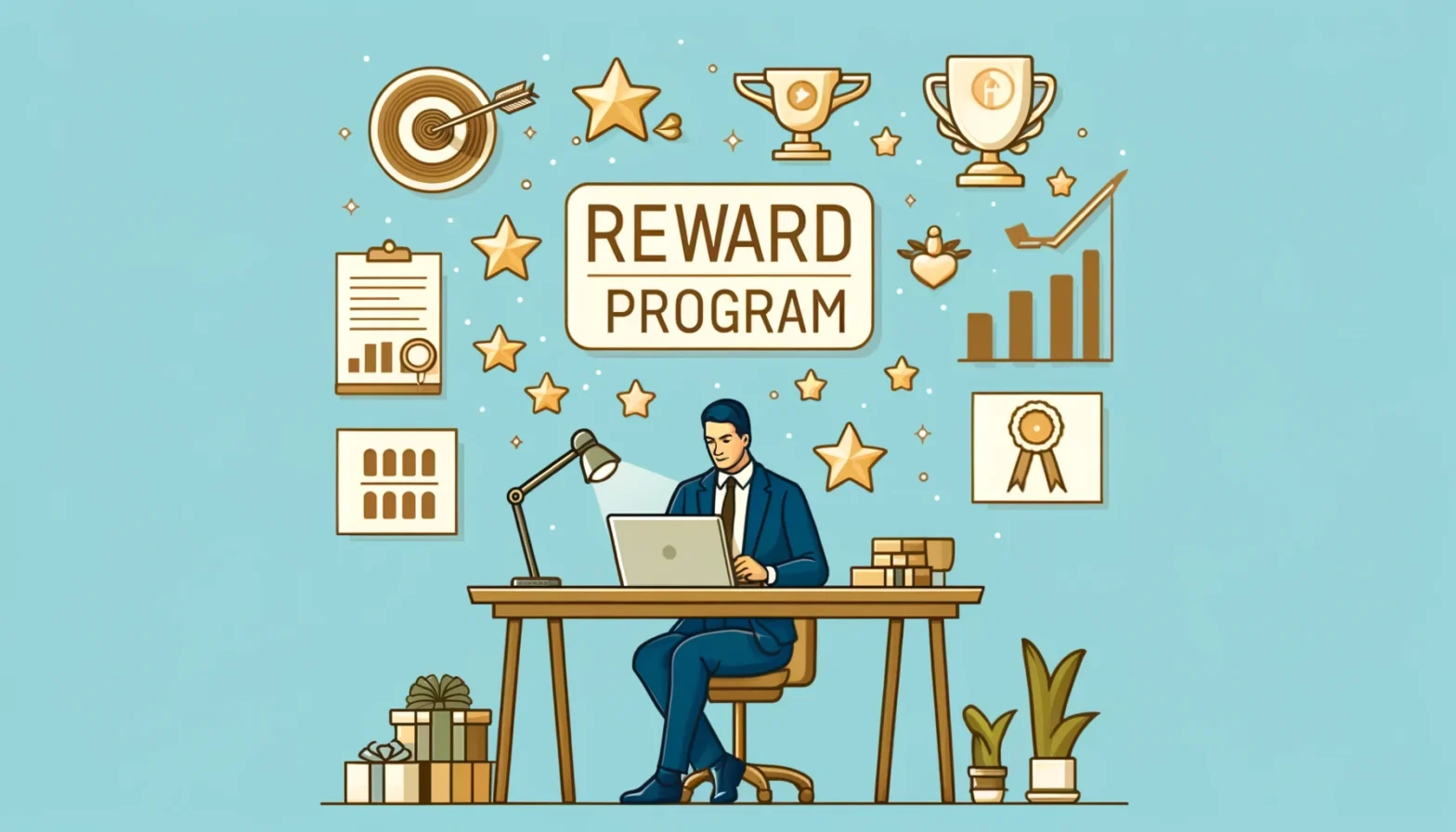Harmonizing employee rewards with business strategies for organizational success
- 4 Min Read
Aligning employee rewards with business goals is crucial for success, involving clear goals, company values, and evolving strategies to motivate and drive organizational achievement.
- Author: HRD Connect
- Date published: Apr 24, 2024
- Categories

Aligning employee perks with what the company is trying to achieve is now a make-or-break factor for success. It’s a win-win situation: a well-designed rewards strategy keeps employees happy and motivated, while also propelling the company towards its bigger goals.
And let’s face it, with the rise of hybrid and remote work, keeping everyone on the same page is more important than ever. That’s where a clear reward strategy comes in. This article dives into three key ways to make sure your rewards system is working for you, not against you. We’ll show you how to create a harmonious balance between what gets your employees excited and what drives real business results.
Identifying clear measurable goals
The first step to building a successful rewards program is setting clear, measurable goals that directly tie back to your company’s strategic objectives. These well-defined goals allow you to tailor your reward programs strategically. Target specific departments and employees whose contributions are crucial to achieving these objectives.
For example, imagine you aim to boost sales by 10% annually for the next three years. A meticulously designed sales incentive program becomes your secret weapon. This program not only motivates your sales team with enticing rewards, but also underscores the critical role they play in the company’s success.
Similarly, employee referral schemes can support your recruitment goals. They can reduce hiring costs and incentivize your current employees to leverage their networks to attract top talent that aligns with your company culture. This strategic approach ensures that rewards aren’t handouts, but rather driving forces propelling you towards achieving key business milestones.
Weaving your company values into the reward system
Integrating your company values into the rewards program is essential for reinforcing the unique culture and purpose that define your business. These values, the pillars of your organization, guide employee behavior towards colleagues, clients, and managers. A well-designed rewards program reflects these values and naturally encourages employees to embody them in their daily work, fostering a sense of shared purpose.
Consider implementing a peer-to-peer recognition program centered around your company values. This is a powerful way to promote and reward behaviors aligned with your organization’s goals. For example, if customer service is a core value, employees can nominate peers who consistently demonstrate excellence in this area.
Rewarding these actions builds a more engaged and purpose-driven culture. This approach ensures that your company’s values are more than just words on a page; they become lived experiences that contribute to achieving your business objectives.
Adapting your strategy for a changing landscape
For a rewards program to remain impactful, it needs to evolve alongside the changing needs of both your business and your employees. Understanding what motivates your workforce and what drives them towards achieving the company’s goals is crucial.
As these motivations shift, so too should your rewards strategy, ensuring it stays relevant and effective. Offering a variety of rewards is a key aspect of this adaptability. Employees can choose incentives that they personally value, ultimately enhancing the positive impact of these rewards.
Actively seeking feedback on the rewards program and being open to making changes are vital for keeping the strategy aligned with current needs. This flexibility demonstrates a commitment to employee satisfaction and engagement, which is essential for achieving long-term business success.
Common pitfalls to avoid
When aligning rewards with business strategies, several pitfalls can undermine the effectiveness of the program. A common mistake is failing to tailor rewards to both individual and business goals. This leads to a lack of motivation and a disconnect between employee effort and recognition.
Overlooking the importance of non-monetary rewards can also diminish the perceived value of the program. Additionally, failing to communicate the purpose and benefits of the rewards strategy can result in employee disengagement.
To avoid these errors, ensure your rewards program is well-designed, clearly communicated, and includes a mix of incentives that resonate with the diverse needs of your workforce. A well-rounded program fosters a motivated and aligned team, all working towards achieving the same goals.
Conclusion
Aligning employee rewards with business goals and strategies is a dynamic and ongoing process. By following these steps – identifying clear measurable goals, integrating company values, and evolving the strategy to meet changing needs – businesses can create a rewards program that fuels both employee motivation and organizational success.
Avoiding common mistakes and ensuring the program remains responsive to the needs of both your employees and your business are crucial steps in this process. Ultimately, a well-aligned rewards strategy fosters a culture of recognition, achievement, and mutual growth, contributing to the long-term success and resilience of your organization.









